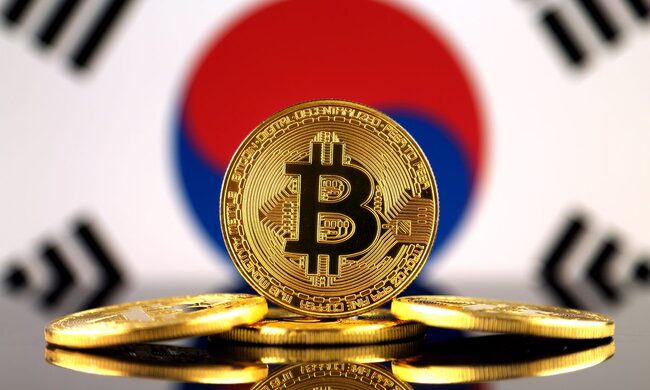Highlights:
- The banks plan to issue the coin through trust-based and deposit-linked models that directly link to customer funds.
- The Bank of Korea supports a slow rollout starting with banks as the government pushes for faster digital asset use.
- Many fear that dollar-pegged coins could take over the domestic market if local institutions delay action.
Eight of South Korea’s largest commercial banks have formed a consortium to issue a Korean won-backed stablecoin. The banks involved include KB Kookmin, Shinhan, Woori, Nonghyup, Industrial Bank of Korea, Suhyup, Citibank Korea, and SC First Bank. They are collaborating with the Open Blockchain and DID Association, the Financial Supervisory Service, and the Financial Settlement Institute.
Eight major banks in South Korea are working with the Open Blockchain and DID Association and the Financial Settlement Institute to establish a Korean won stablecoin joint venture. This project is the first time that the banking industry has entered the digital asset field in the…
— Wu Blockchain (@WuBlockchain) June 25, 2025
This marks the first time commercial banks in South Korea have come together to jointly enter the digital asset market. The goal is to offer a local alternative to dollar-based stablecoins and protect the country’s financial independence.
The banks announced the project today, while the Bank of Korea expressed support for a gradual rollout of stablecoins. Banking regulators express their fears that foreign stablecoins will take over the local market. The banks want to develop a stable, secure, and trusted pegged stablecoin that is pegged to the national currency. They feel that this will enable South Korea to stay competitive with the increasing number of global financial systems using digital currency solutions.
Two Won-Backed Stablecoin Models Proposed as Sector Eyes Launch Timeline
The banks have introduced two models that they will use to issue the stablecoin. The first model follows a trust-based structure. In this method, banks issue stablecoins by placing customer funds into a separate trust account. The second model is deposit-backed and mints stablecoins at a one-to-one ratio with bank deposits of customers.
The two methods guarantee stability in the value of the stablecoin relative to the Korean won. The aim is to create confidence on the part of users and to enable easy integration in the existing banking system. Bank officials stated they could launch the stablecoin initiative as early as late 2025 or early 2026. Discussions on the technical infrastructure are ongoing, and the banks plan to finalize these details in the coming months.
There is a shared concern that dollar-pegged coins could take over the domestic market if local institutions delay action. The banks consider that the issuance of their stablecoin will allow South Korea to remain ahead. The representative of one of the banks added that building a national digital asset will enhance competitiveness and dependability.
BOK’s Cautious Approach and Political Push Add Pressure
As commercial banks drive home with the initiative, the Bank of Korea has recommended a careful approach to it. The central bank encourages phased implementation, starting with commercial banks because they are highly regulated. Senior Deputy Governor Ryoo Sang-dai remarked that banks would be a safer place to start. According to him, after gaining some experience, the system might be extended to non-bank areas.
South Korea’s central bank pushes for banks to lead stablecoin issuance, favoring a cautious approach over private projects like Amazon’s. Stably’s SCaaS service reflects growing institutional demand. A measured step for global crypto stability. pic.twitter.com/yQN9x7vUB6
— CryptoVibeAI (@CryptoVibeAI) June 25, 2025
At the same time, South Korea’s new administration is showing strong interest in digital assets. President Lee Jae-myung has pledged to support a stablecoin backed by the Korean won. His administration also supports using the coin for both local transactions and international trade. The most recent legislative proposals introduce a mechanism to license such digital assets.
The stablecoin project is independent of the CBDC project by the central bank. Nevertheless, the possibility of cooperation in the future cannot be eliminated, particularly in such domains as domestic payments and international transfers. KB Kookmin has already submitted trademark registrations related to the stablecoin. In particular, this move indicates a high level of engagement on the part of the involved banks and the success of the project.
Best Crypto Exchange
- Over 90 top cryptos to trade
- Regulated by top-tier entities
- User-friendly trading app
- 30+ million users
eToro is a multi-asset investment platform. The value of your investments may go up or down. Your capital is at risk. Don’t invest unless you’re prepared to lose all the money you invest. This is a high-risk investment, and you should not expect to be protected if something goes wrong.






